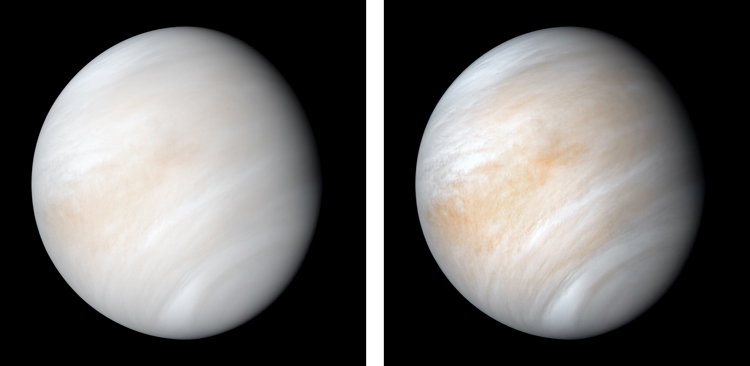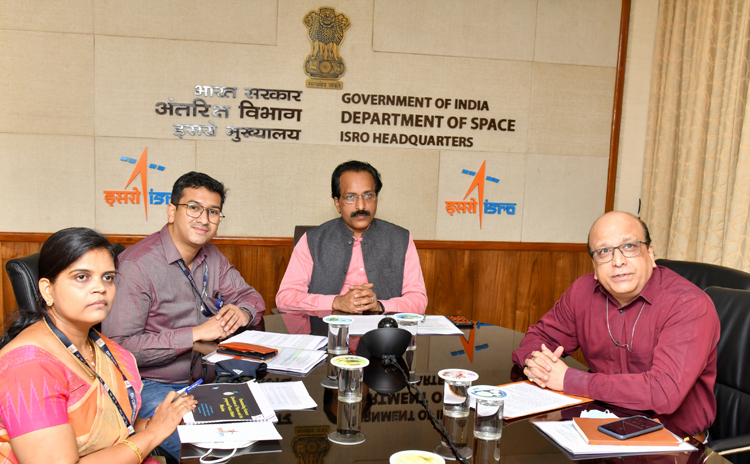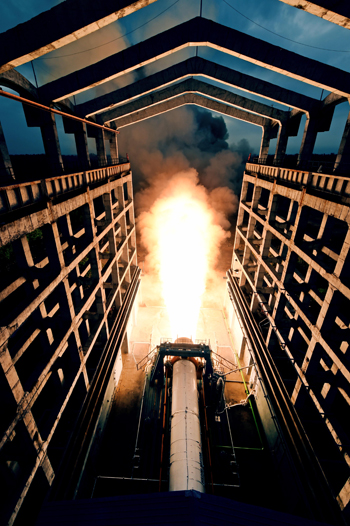INDIAN ARMED FORCES CHIEFS ON OUR RELENTLESS AND FOCUSED PUBLISHING EFFORTS

The insightful articles, inspiring narrations and analytical perspectives presented by the Editorial Team, establish an alluring connect with the reader. My compliments and best wishes to SP Guide Publications.

"Over the past 60 years, the growth of SP Guide Publications has mirrored the rising stature of Indian Navy. Its well-researched and informative magazines on Defence and Aerospace sector have served to shape an educated opinion of our military personnel, policy makers and the public alike. I wish SP's Publication team continued success, fair winds and following seas in all future endeavour!"

Since, its inception in 1964, SP Guide Publications has consistently demonstrated commitment to high-quality journalism in the aerospace and defence sectors, earning a well-deserved reputation as Asia's largest media house in this domain. I wish SP Guide Publications continued success in its pursuit of excellence.
- Prime Minister Modi Visits Punjab’s Adampur Air Base, Interacts with Airmen after Successful ‘Operation Sindoor’; Stern Message to Pakistan
- The layered Air Defence systems that worked superbly, the key element of Operation Sindoor
- Operation Sindoor | Day 2 DGMOs Briefing
- Operation Sindoor: Resolute yet Restrained
- India's Operation Sindoor Sends a Clear Message to Terror and the World – ‘ZERO TOLERANCE’
- Japan and India set forth a defence cooperation consultancy framework, talks on tank and jet engines
India’s Venus Mission
After the success of the Chandrayaan and Mangalyaan missions, India is all set to join the race with the US and many other countries to go to the Venus
 |
The Author is Former Director General of Information Systems and A Special Forces Veteran, Indian Army |

Venus has been a part of space exploration for the past several decades. The Soviet Union, the US and the European Space Agency have sent many spacecraft to Venus. Some flew by the planet, some orbited it, some descended through the atmosphere and struck the surface (hard-landed), and a few soft-landed on the surface. Several landers from the former Soviet Union landed on Venus but were only able to send back information for short time because of the extremely high temperature and pressure on the surface of Venus which melted and crushed the landers.
It is unthinkable to put humans on the surface of Venus as that would kill them. But it is opined that humans could fly by the planet to get a closer look at the planet and operate a team of drones that would descend deep into the torrid atmosphere of the planet and down to the surface. On June 2, 2021, NASA Administrator Bill Nelson announced that the agency had selected two winners of its latest Discovery class spacecraft mission competition, and both are headed to the second planet from the Sun.
ISRO is set to construct and launch a mission to discover Venus as the capability to build and launch a mission to the planet exists with India
After the success of the Chandrayaan (Moon) and Mangalyaan (Mars) missions, India is all set to join the race with the US and many other countries to go to the Venus. The objective of the mission will be to study the atmosphere of Venus which is toxic and corrosive in nature because of clouds of sulfuric acid surrounding the planet.

S. Somnath, Chairman of the Indian Space and Research Organisation (ISRO) stated on May 4, 2022, that ISRO is ready to co-sign an orbiter to Earth's twin sister planet Venus to study the Venusian atmosphere and that ISRO is set to construct and launch a mission to discover Venus as the capability to build and launch a mission to the planet exists with India. Somnath was speaking at a one-day conclave; National Meet on Venus Science with the theme ‘Outstanding scientific problems on Venus: Need for space-based studies’.
Somnath said, "Work has been going on for years. Currently, the Venus mission is conceived, the project report is made, overall plans are ready, money is identified and that the entire thing is done. Building and putting a mission on Venus is possible for India in a very short space of time, as the capability today exists with India," indicating that the ISRO team will work toward the mission while identifying the uniqueness of the operation, akin to what the country witnessed during the Chandrayaan and Mangalyaan missions of the ISRO. He emphasised that ISRO's mission to the Venus atmosphere will have an impact globally.
ISRO is eyeing the December 2024 window for its Venus launch with orbital maneuvers planned for the following year when the Earth and Venus would be so aligned that the spacecraft could be put in the planet’s orbit using propellant

ISRO is eyeing the December 2024 window for its Venus launch with orbital maneuvers planned for the following year when the Earth and Venus would be so aligned that the spacecraft could be put in the planet’s orbit using propellant. ISRO is yet to release an official timeline for the Venus mission but the next similar window will then be available only in 2031. NASA is also sending two spacecraft to Venus and the European Space Agency has also announced a mission to Venus.
ISRO’s experiments planned for the Venus mission include an investigation of the surface processes and shallow subsurface stratigraphy, including active volcanic hotspots and lava flows, studying the structure, composition and dynamics of the atmosphere, and investigation of the solar wind interaction with the Venusian Ionosphere.
Concurrently, media reports of May 28, 2022, indicate that ISRO has been making quiet progress on the readiness for Gaganyaan India’s first human spaceflight mission, with several hurdles relating to launch vehicle, orbital modules (both to carry the crew and service), crew escape system, environmental control life support system (ECLSS) having been overcome. Work on modifications of the spaceport too has progressed. In early May, the static test of the human-rated solid rocket booster (HS200) was successfully conducted. ISRO is now preparing for key tests of other engines/stages of the GSLV MK-III, which, once human-rated and ready for Gaganyaan, will be called Human-Rated Launch Vehicle (HRLV).
ISRO is now preparing for key tests of other engines/stages of the GSLV MK-III, which, once human-rated and ready for Gaganyaan, will be called Human-Rated Launch Vehicle (HRLV)
Hardware realisation of the L110 stage and the C25 stage (cryo) for the first uncrewed mission (G1) mission is nearing completion, propellant tankages, inter stage structure have been realised and delivered to IPRC (propulsion complex). For C25, the thrust frame realisation is in an advanced stage. Configuration of IVHM (integrated vehicle health management) systems, including HRLV and OM has been worked out. The first high altitude pitch motor (HPM ST-01) was successfully static tested on July 20, 2021 at TERLS (Thumba Equatorial Rocket Launch Station) and the first low altitude pitch motor (LPM ST-01) was successfully static tested on December 29, 2021.
Configuration of cabin ventilation unit (CVU) for establishing contact with the atmosphere post touchdown is complete, while configuration of air revitalisation system (ARS) has been finalised. While accommodation and routine of ECLSS components is complete for the SM, it is ongoing in the Crew Module (CM). At the second vehicle assembly building (SVAB) of the spaceport in Sriharikota, ISRO has completed platform travel range changes to accommodate orbital module activities and drawings for the clean tent specifications have been finalised. Aside from these, civil construction work is in progress for the OM preparation facility (OMPF) and Gaganyaan control facility (GCF).





